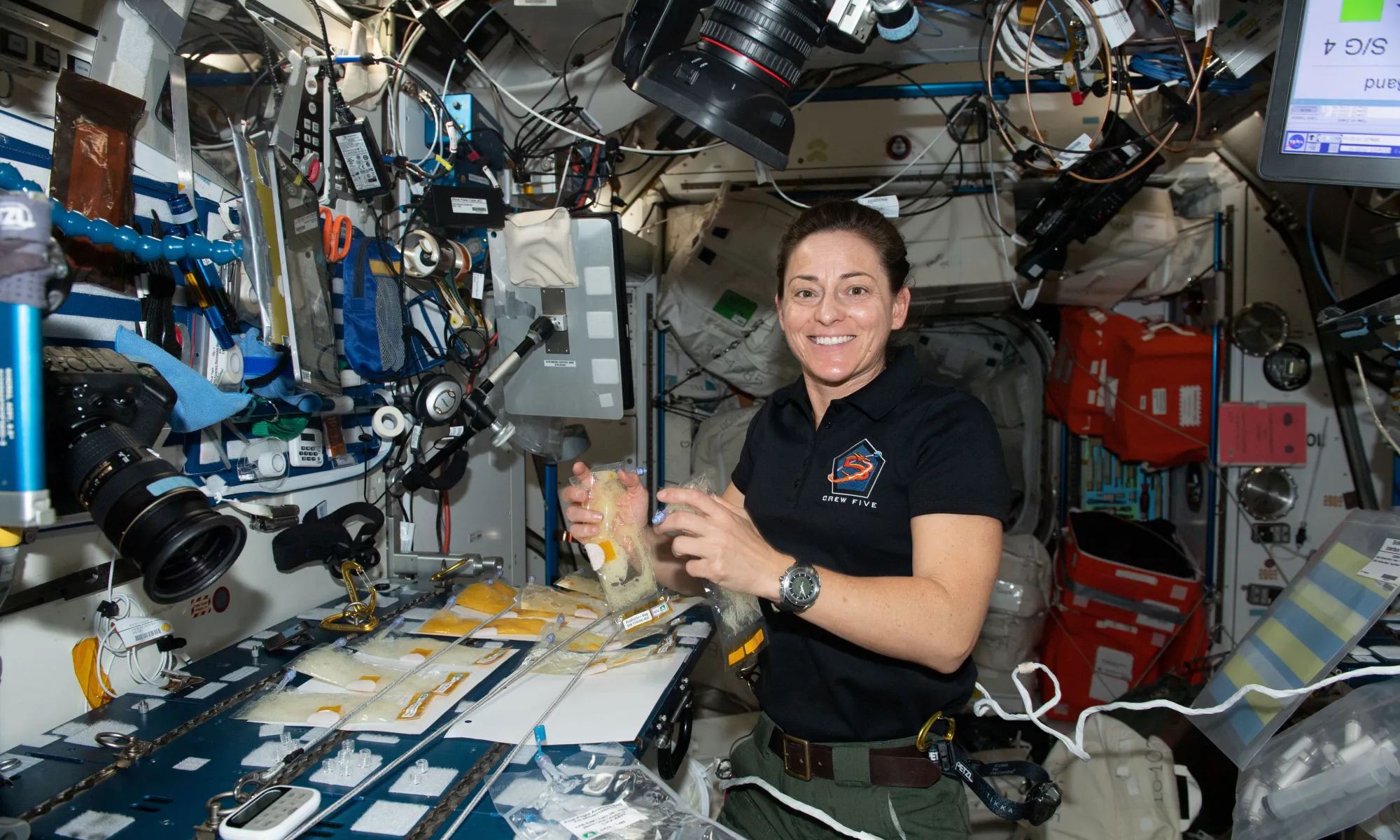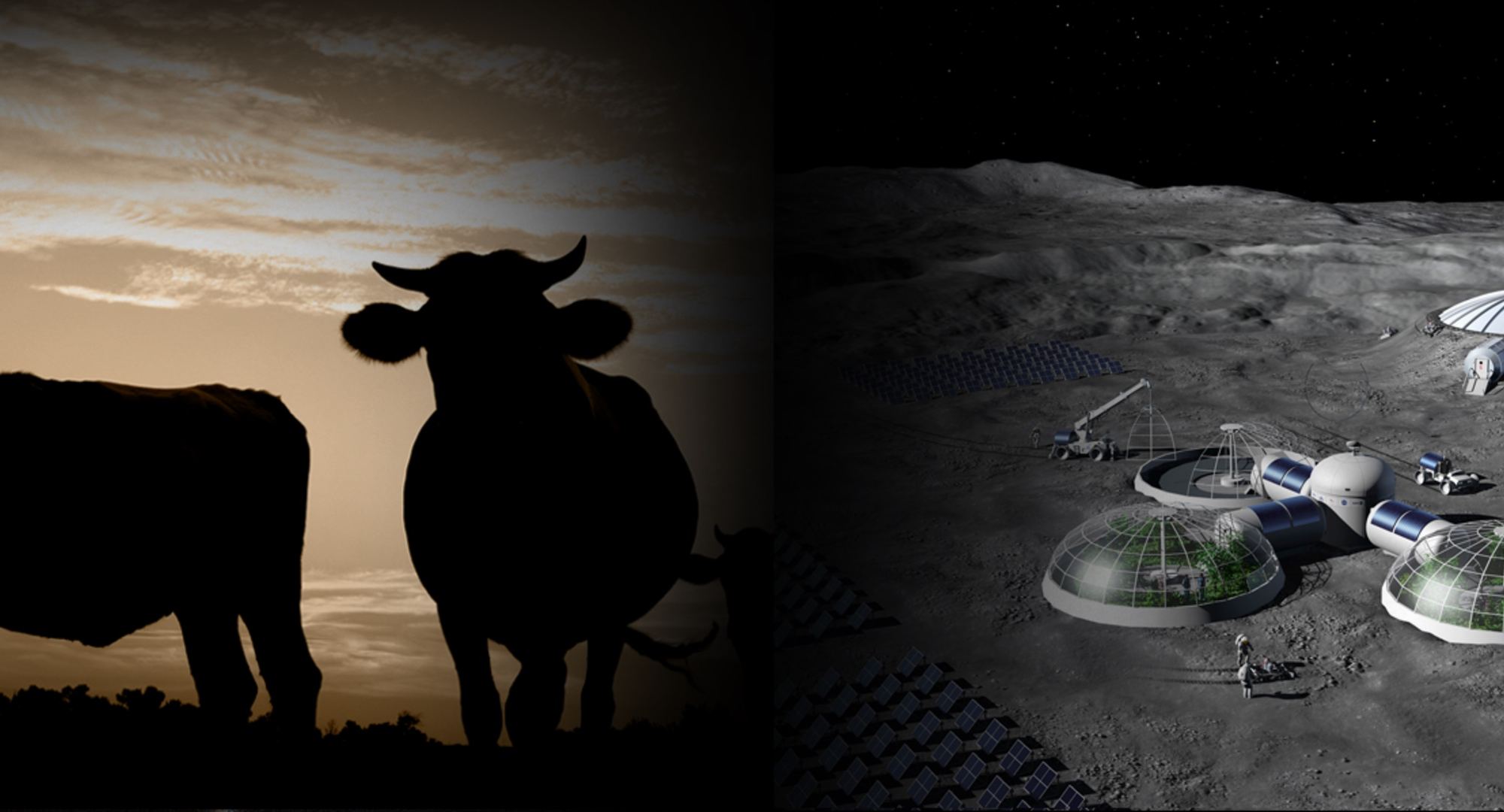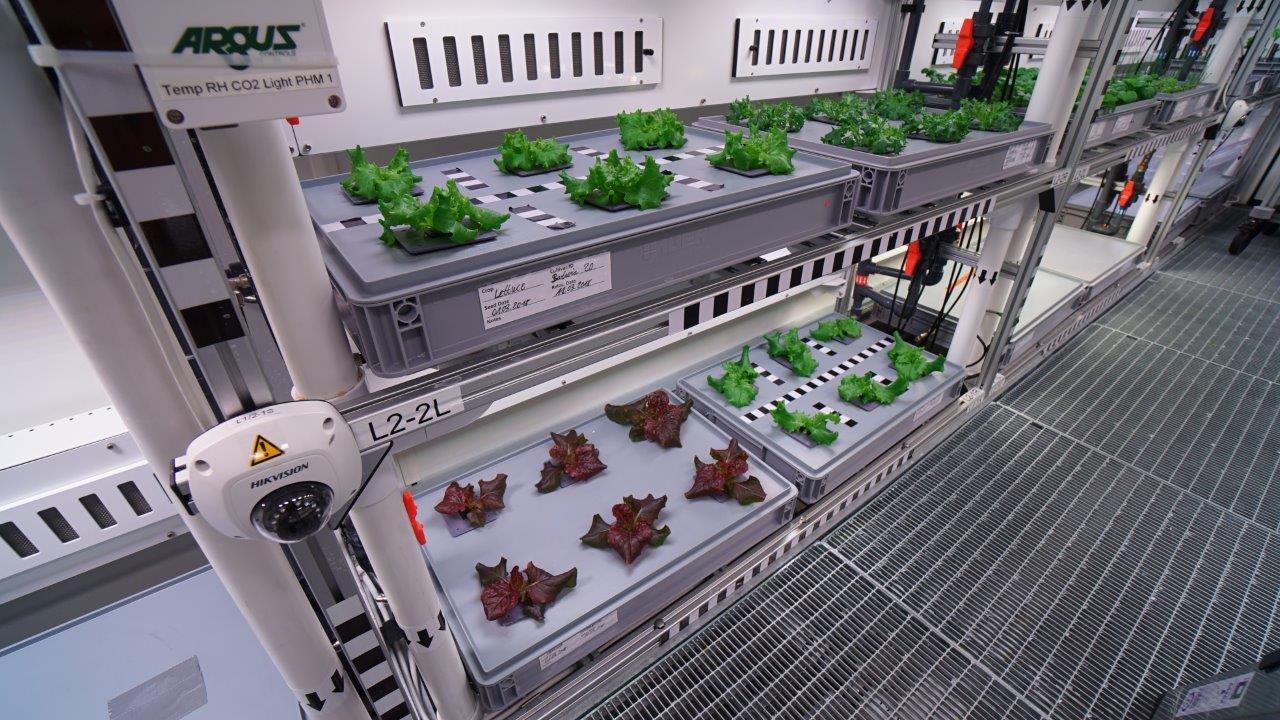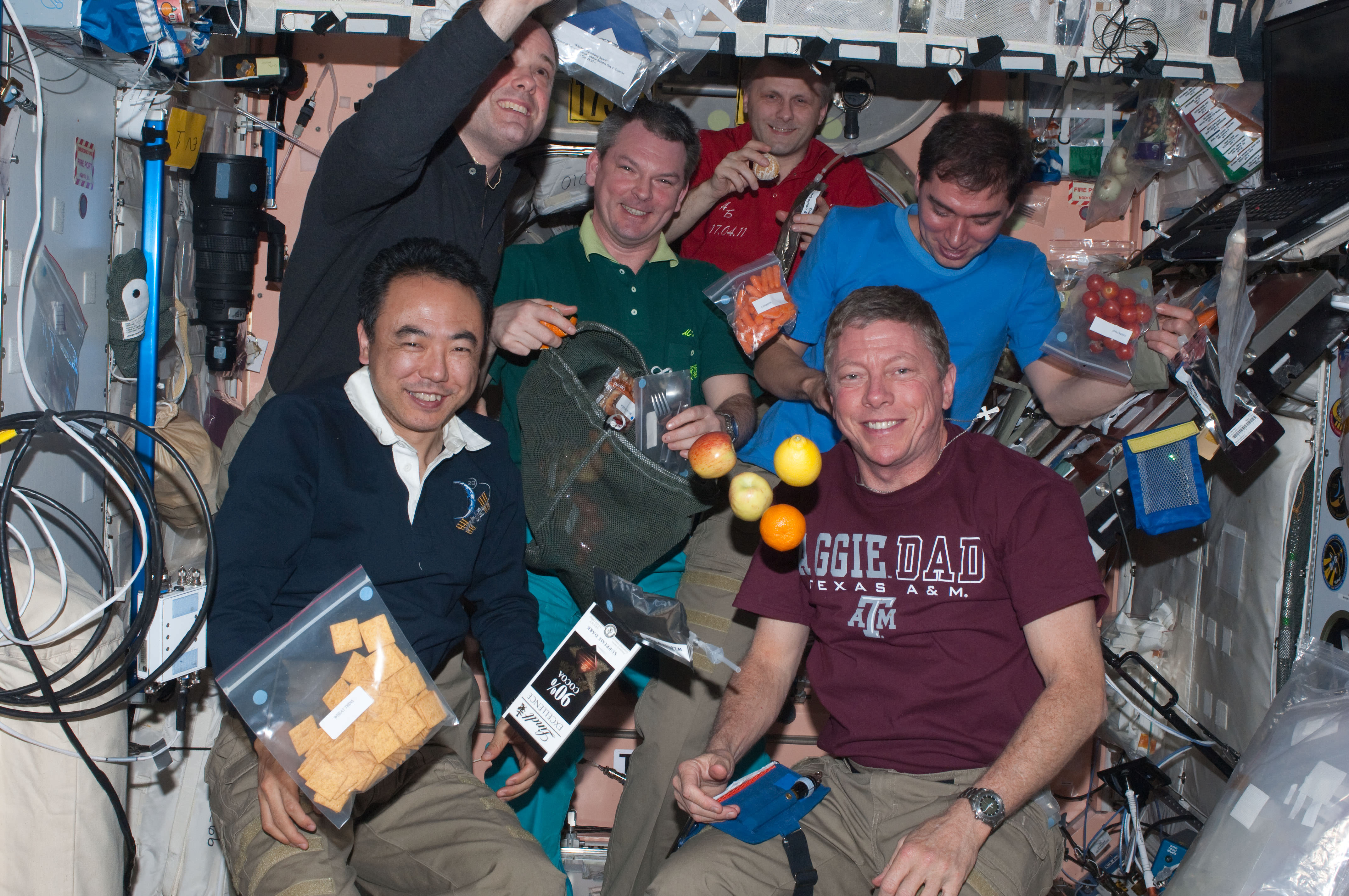As Americans get ready for turkey feasts and other Thanksgiving goodies today, let’s take a few moments to think about the crew of six people on board the International Space Station. Two Americans, a European and three Russians are working there now and will be taking most of today (Nov. 26) off for the holiday.
What the heck will they eat? The NASA interview above provides some clues, including a surprise about leftovers. More details below the jump.
NASA, which is responsible for supplying the three astronauts using the American segment of the space station, generally allocates four pounds of food per crew member per day (including packaging), according to Vickie Kloeris, food system manager for the station. Astronauts can also bring a little bit of bonus food with them for special treats. The food isn’t sent up as meal plans, but as different kinds (meats, vegetables, and the like) that the astronauts can assemble at will.
“We don’t have a set-aside meal for Thanksgiving. but they do have all these products available to choose from,” Kloeris said in the interview. “Crew members do know that they’re going to be on orbit during the holidays, [so] they often put special items in their bonus containers with the holidays in mind.”
Kloreis said she couldn’t reveal what Expedition 42 has in its grab boxes, but in the past astronauts have brought up items such as cranberry sauce or icing/frosting to put on cookies in orbit.
Below you can see a recent tweet from former Canadian astronaut Chris Hadfield concerning a typical meal for astronauts, which he put up with a Thanksgiving reference. Whatever the crew is having up there, we wish them a Happy Thanksgiving!





